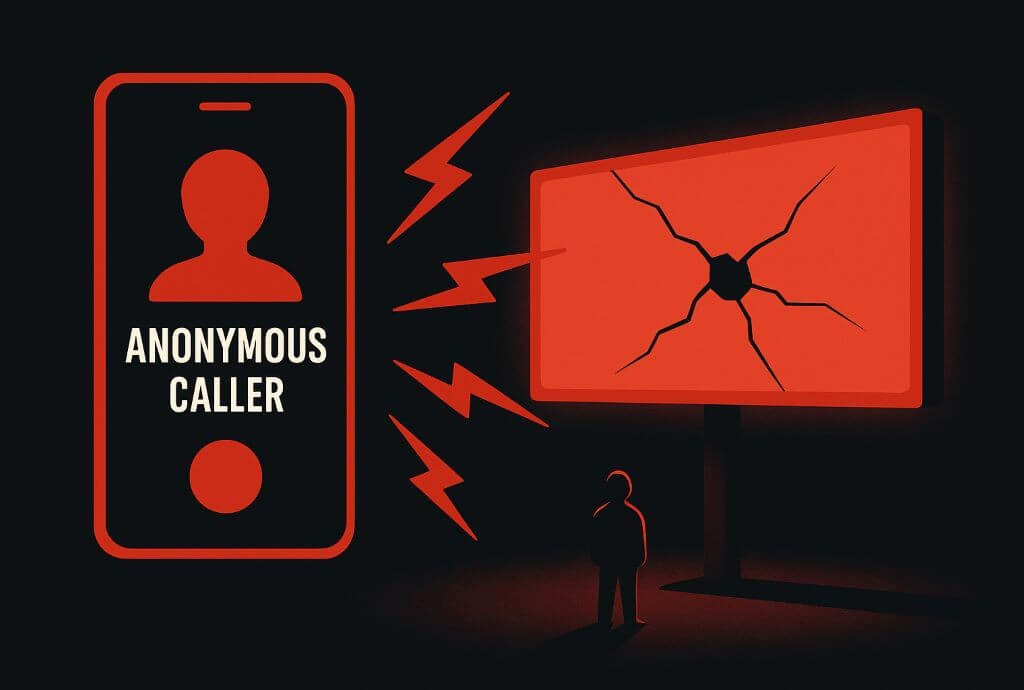Summarised by Centrist
Dr Sue Pavord, a haematologist in the UK, cheerlead the introduction of the AstraZeneca COVID vaccine, even encouraging her daughter to take it.
However, she soon identified a deadly side effect, which was unknown prior to the vaccine’s introduction.
Vaccine-induced thrombocytopenia and thrombosis (VITT) is a condition, which causes severe blood clots and low platelets. These conditions are deadly and rarely seen together.
Nine weeks after the vaccine’s rushed rollout, in January 2021, Pavord encountered her first VITT case: a young man with deep vein thrombosis and low platelets.
She discovered through national consultations that other doctors had seen similar cases. Tests revealed these patients had developed an antibody more commonly linked to a severe reaction to heparin, a blood thinner.
The common factor?
They had all received the AstraZeneca jab.
The risk was disproportionately high for younger people, with VITT affecting one in 10,000 vaccine recipients in their 20s.
Initially, VITT killed three out of four patients. Pavord and her colleagues worked to create diagnostic protocols and treatment plans, reducing the fatality rate to 22%. Yet, even at this lower rate, roughly one in five patients died.
“It was scary,” she admitted, recalling young victims whose organs were “peppered with clots.”
AstraZeneca ultimately withdrew the vaccine in 2023, citing commercial reasons, but not until more than three billion doses had been distributed.



















